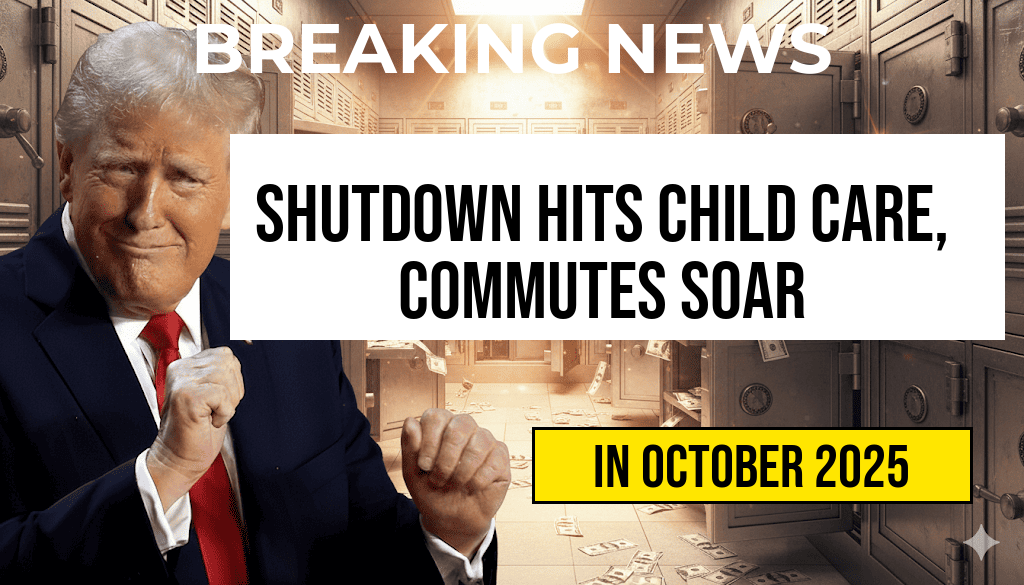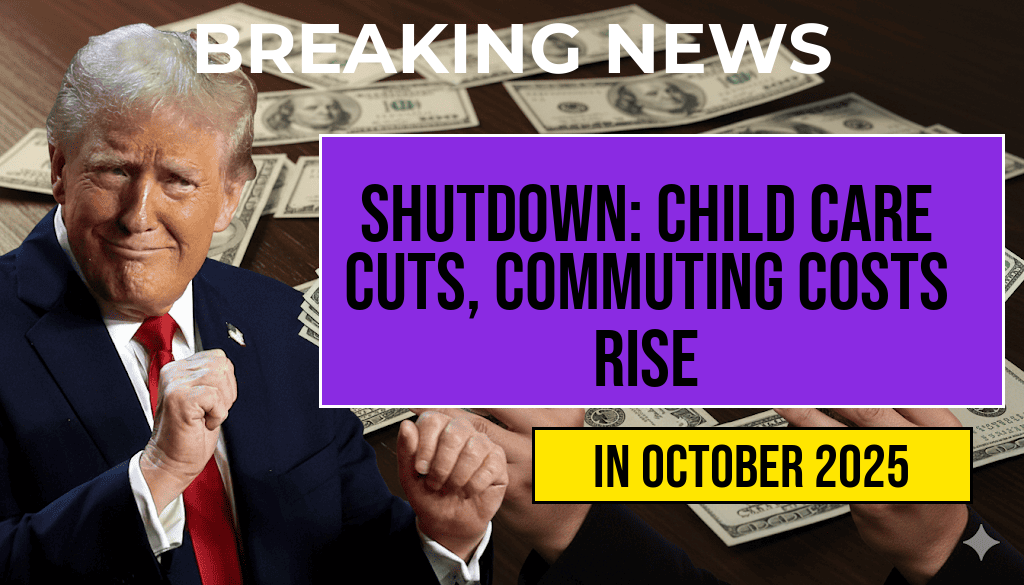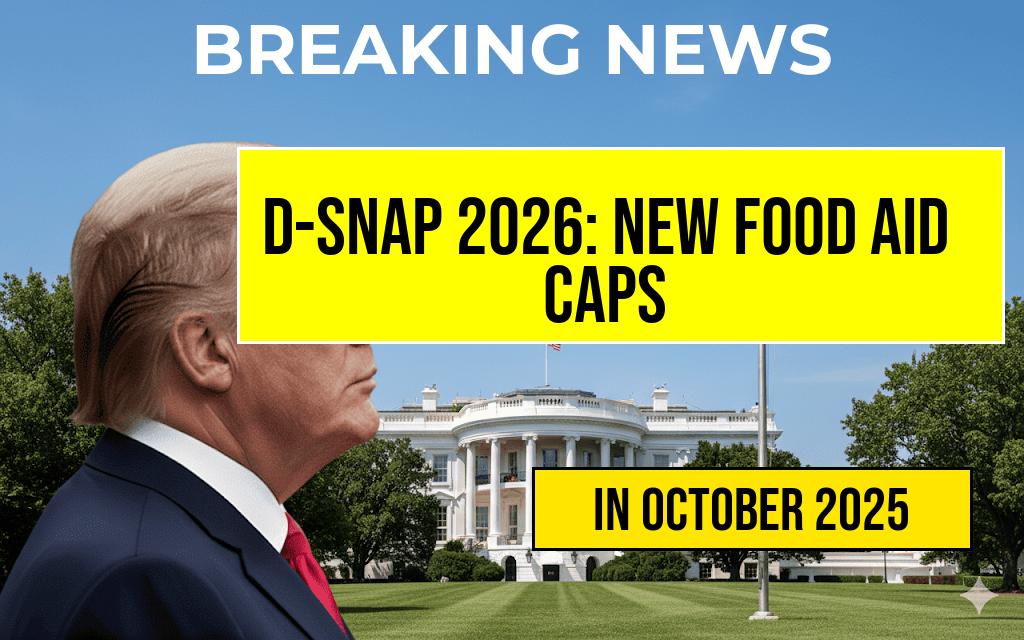The ongoing government shutdown is exerting significant pressure on families and commuters in the Washington, D.C. region, with child-care facilities closing and commuting costs soaring. As federal agencies suspend operations, many child-care centers that rely on government funding are shutting their doors, leaving parents scrambling for alternative arrangements. Meanwhile, rising fuel prices and transportation fees are exacerbating the financial burden on those who rely on public transit or drive to work. Local officials and child-care advocates are sounding alarms over the dual crises, highlighting the urgent need for solutions as families navigate this turbulent period. The repercussions are far-reaching, affecting not only the immediate well-being of children but also the economic stability of working parents in the area.
The Child-Care Crisis
As the government shutdown progresses, many child-care programs across the D.C. region are facing immediate closures. These disruptions are particularly challenging for low-income families who depend on subsidized care.
Impact on Families
- Many local child-care centers have reported a significant drop in enrollment due to uncertainties about funding.
- Parents are left with limited options, forcing them to miss work or arrange for costly private care.
- According to NACCRRA, more than 25% of families in the D.C. area are struggling to find affordable child care.
Funding Shortfalls
Child-care programs that receive federal funding are particularly vulnerable during the shutdown. This includes those that operate under the Child Care and Development Fund (CCDF), a vital resource for many families.
“The impact is immediate and severe,” said Sarah Johnson, a local child-care advocate. “Families are left in the lurch, and the long-term implications could be devastating for working parents.”
Commuting Costs on the Rise
Simultaneously, the cost of commuting in the D.C. area has surged, adding another layer of financial strain. With fuel prices climbing and public transit services facing reduced schedules, daily commuters are feeling the pinch. Data from the American Automobile Association (AAA) shows that gas prices have increased by nearly 10% since the shutdown began.
Transportation Expenses
- Average gasoline prices in the D.C. area are now hovering around $4.20 per gallon.
- Public transit fares may increase as agencies struggle to cover operational costs.
- Reports indicate that some commuters are facing additional expenses due to longer travel times and increased congestion.
Local Government Response
Local officials are responding with urgency to address these dual challenges. The D.C. Council has convened emergency meetings to explore potential funding solutions for child-care programs and transportation subsidies, aiming to alleviate the burden on families.
“It’s crucial that we act swiftly to support our residents,” said Councilmember Lisa Moore. “We need to find a way to ensure that child care remains accessible and that our public transit system can sustain its operations.”
Long-term Implications
The long-term effects of the government shutdown on child care and commuting costs could be profound. Experts warn that prolonged closures could lead to a reduction in the availability of quality child-care options, which may hinder workforce participation among parents. Furthermore, strained transportation systems could disrupt economic activity in the region.
Community Support Initiatives
In light of these challenges, several community organizations are stepping up to offer support. Initiatives include:
- Emergency child-care grants for affected families.
- Workshops on navigating alternative transportation options.
- Advocacy for increased local funding to offset federal shortfalls.
Looking Ahead
As negotiations in Congress continue, the future remains uncertain. Families are urged to stay informed about available resources and to advocate for their needs during this critical time. The resilience of the D.C. community will be tested as it navigates the complexities of child-care shortages and rising commuting costs.
For ongoing updates regarding the impact of the government shutdown, visit The Washington Post or the NBC News website.
Frequently Asked Questions
What is the primary impact of the government shutdown on child-care availability in the DC region?
The government shutdown has led to a significant reduction in child-care slots, making it more challenging for families to find affordable and accessible care for their children.
How has the shutdown affected commuting costs for residents in the DC area?
As a result of the government shutdown, many workers are facing increased commuting costs due to rising prices of public transportation and gas, further straining household budgets.
Are there any resources available for families affected by the loss of child-care services?
Yes, several local organizations and community groups are providing resources and assistance for families impacted by the loss of child-care services during the government shutdown.
What steps can commuters take to manage the increased commuting expenses?
Commuters can consider carpooling, using public transit alternatives, or adjusting their travel times to help mitigate the rising commuting expenses during the shutdown.
What long-term implications could the government shutdown have on child-care and commuting in the DC region?
The shutdown may lead to lasting challenges in child-care availability and increased commuting costs, potentially impacting local economy and workforce participation in the long-term.








